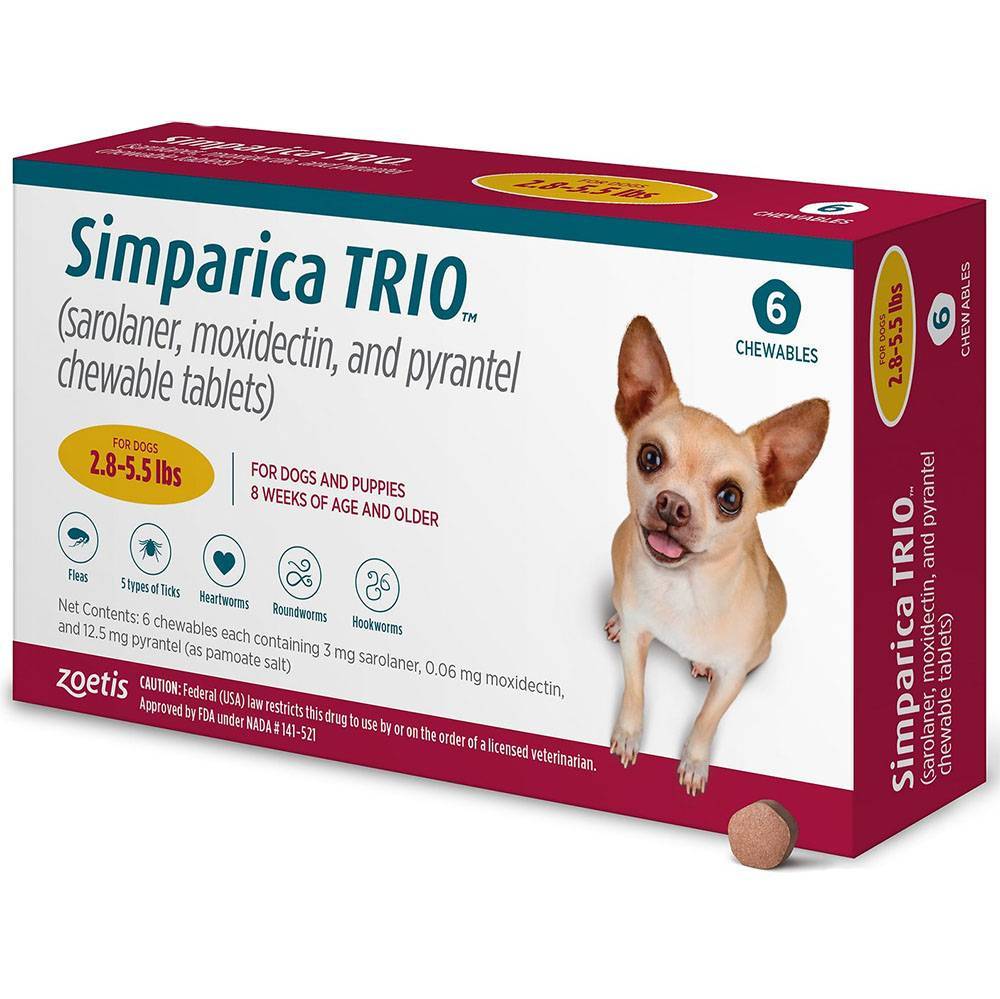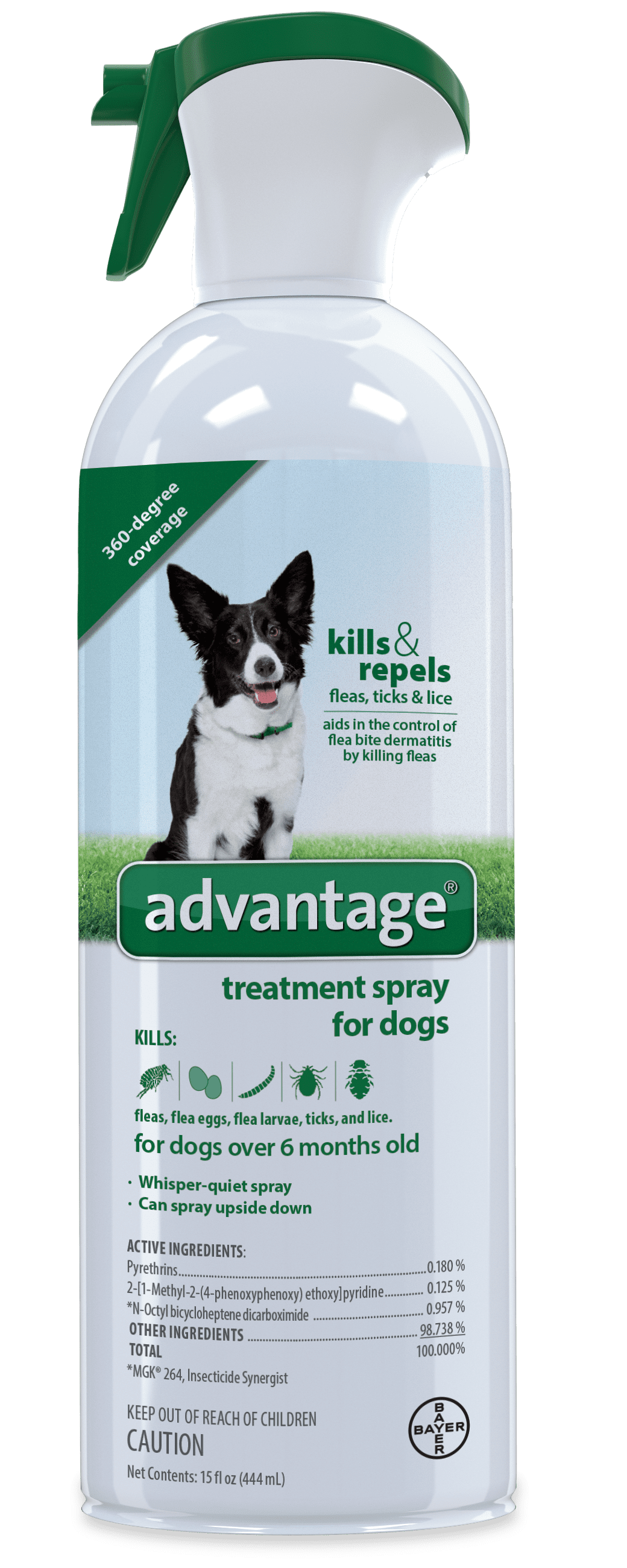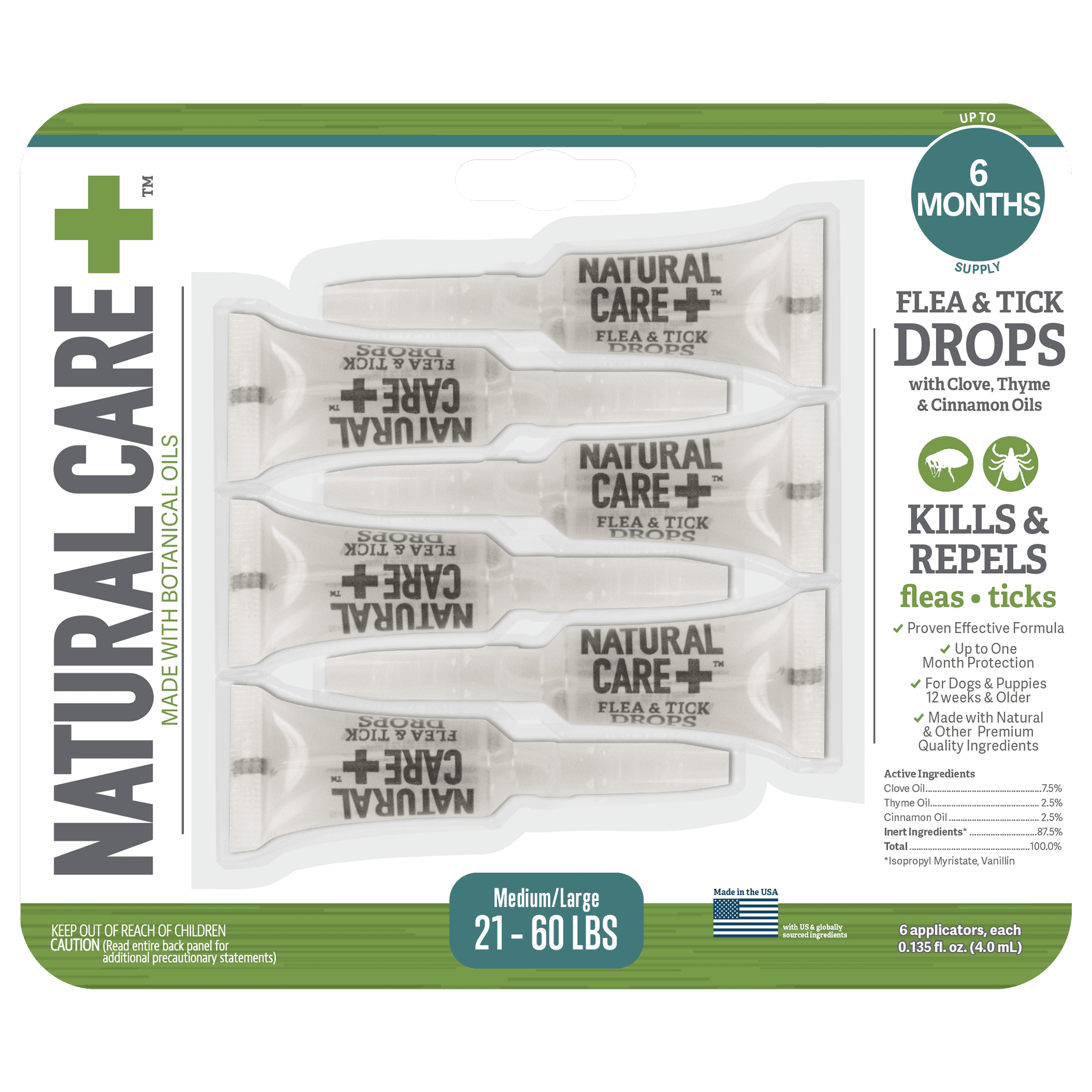

They love running and frolicking in grassy areas where ticks lay waiting. Fleas and Ticks cannot survive freezing temperatures, but if they can find their way to your dogs’ warm coat and hold on, they would thrive inside where temperatures are excellent.ĭogs have a natural instinct of wandering around. Therefore, we wonder if fleas and ticks treatment is necessary during the winter months? Is Fleas And Ticks Treatment A Necessity In Winter? They need warm weather to survive, and the cold weather causes these parasites to stay dormant. So no matter what the temperature, keep up the routine year-round.Fleas and ticks are the little monsters that make the life of our pets uncomfortable.įleas and tick infestation are most prevalent in the spring and summer months.
#FLEA AND TICK MEDICINE SKIN#
Flea bites can cause skin irritation in humans as well, while Lyme-carrying ticks that are brought in from the outdoors by your pets can easily hop off and attach to the humans in your household.Īs the old adage goes, “An ounce of prevention is worth a pound of cure.” Spending a minute or two, once every month, in the application of flea and tick preventatives can save you a lot of time, hassle, pain, and money down the road. Furthermore, the cost of eradicating flea infestations from your home can be quite high.įinally, don’t forget that flea and tick preventatives for your pet help protect your human family as well. Fleas can also transmit an internal parasite, the tapeworm, which can cause malnutrition and weight loss in your pet. Ticks can transmit Lyme disease to dogs (amongst other tick-borne illnesses), while skin allergies caused or exacerbated by fleas can lead to sores and infection.

Remember, fleas and ticks aren’t just pesky irritations-the harm they cause can go far beyond mere itchiness.

Why flea and tick prevention is important Plus, your pet will be protected during unexpectedly late dormancy periods, and early hatches from an unseasonably warm or early spring. Year-round tick prevention ensures that you and your pet won’t be at the whim of unexpected warm spells or weather patterns. Ticks also will not die during the winter months until the temperature falls below 10F for a sustained number of days. Deer ticks are particularly hardy and can become active and look for a food source (your pet!) even after moderate to severe frosts if the daytime temperature warms a bit. In fact, many species of ticks go dormant (typically under leaves or other outdoor debris) only when temperatures dip below 35F, or there’s snow on the ground, however, just a short period of warming and they can become active again. It is important to note that they’re active during a wide range of temperatures. Ticks are most active during the warmer months and go into hibernation when it’s very cold out. Simply set a calendar or phone alert for the same day each month, and take a couple of minutes to prevent a big headache down the line. Applications should feel routine, rather than stop-start. Your best bet at preventing a flea infestation is year-round compliance with preventatives. Washing the pet’s bedding in hot water, vacuuming and home ‘bombs’ or foggers are all strategies to help remove and/or kill flea eggs- all of which can be labor-intensive and why prevention is superior to reaction. When dealing with a flea problem, not only does the pet need to be treated but the environment as well. (A female flea can lay several hundred to several thousand eggs in her lifetime, so if you catch sight of a single flea, you should know there are way more where that came from.) The eggs fall off of your pet and into the nooks and crannies of your house before hatching. They live on dogs and cats to feed on their blood and lay eggs in their fur. Fleas are resilient pests-and because they like a cozy, heated environment whether indoors or out, they’re more than happy to make themselves at home in your home, year-round.


 0 kommentar(er)
0 kommentar(er)
